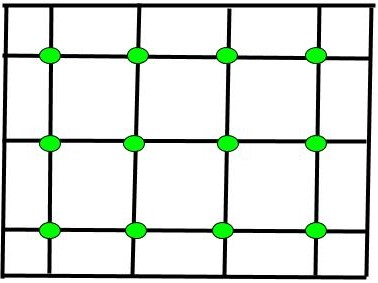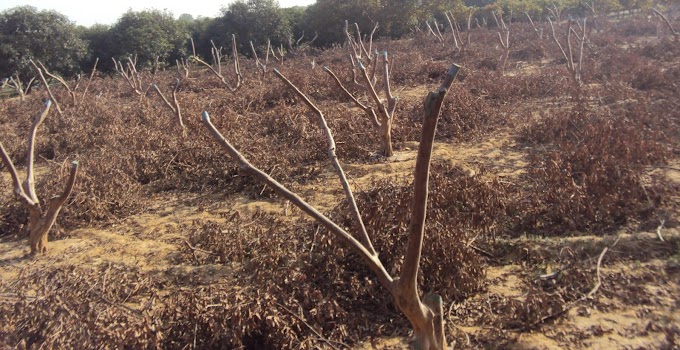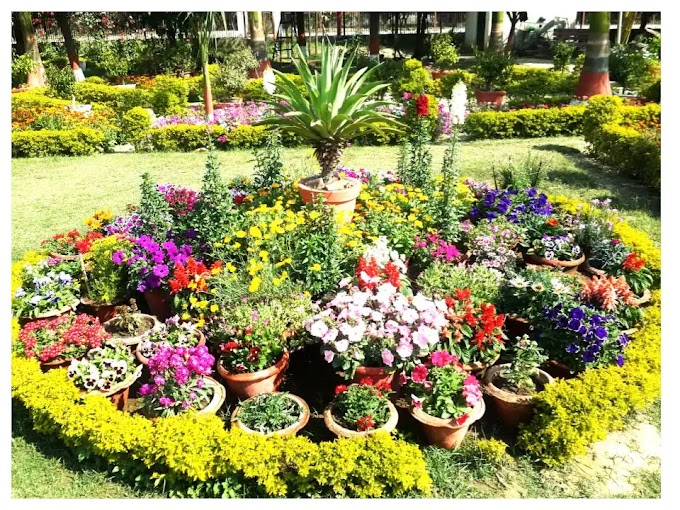Pruning
is a science and an art in which undesirable growth and parts of plant are
judiciously removed by cutting to accomplish a desired purpose. The pruning is
practiced on stem, roots and leaves.
Principles of pruning:
- The whole plant must be thoroughly assessed before taking the decision of pruning because pruning not only affects the physical appearance of the plant but also effects physiological functions of the plant.
- Judicious thinking is must before cutting the plant parts because cutting of a plant part is an irreversible operation.
- The effect of breaking apical dominance on growth of plant should be considered because removal of apical buds breaks the apical dominance.
- The extent of pruning should be based on needs of new growth. The severe pruning encourages vigorous new growth.
- The deciduous plants should be pruned during dormancy of fruit plants.
 |
| Pruning in Guava Orchard |
Objectives
of pruning: The pruning is done to fulfill the
following objectives:
- To regulate the flowering and fruiting of the plants.
- To maintain optimum balance between vegetative and reproductive growth of the trees.
- To ensure penetration of sunlight and air inside the canopy of the plants.
- To get the desired size and canopy of the plants.
- To encourage initiation of flowers and bearing of fruits.
- To remove overcrowded, damaged diseases and pests infested parts of the plants.
- To overcome apical dominance and encourage the axillary buds’ growth.
- To improve the quality of the fruits.
- To establish a strong framework of fruit tree.
- To avoid rubbing and bruising of branches.
- To remove the water sprouts (extraordinary vigorous and thicker vegetative shoots arising from main branches in upright direction such as in citrus and pomegranate) and suckers (arise from adventitious buds on the roots or underground such as in guava, banana and pineapple).








